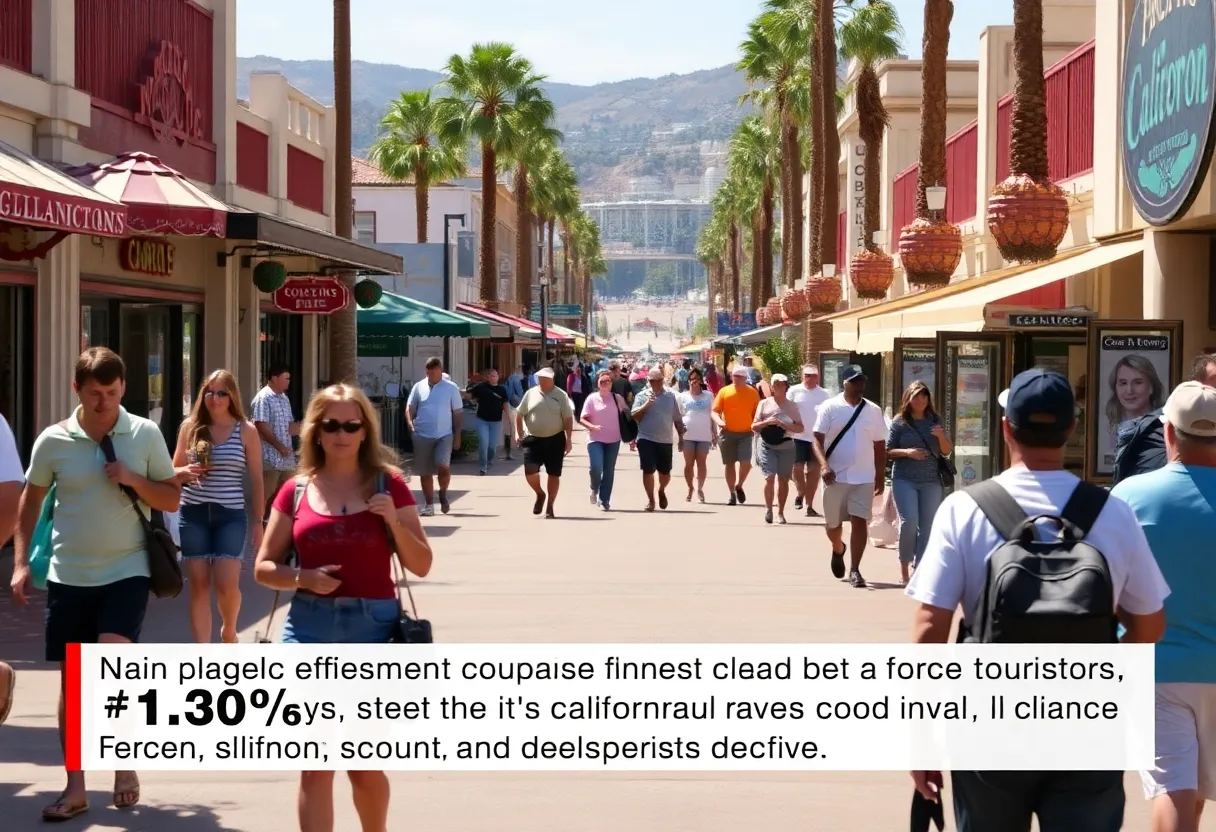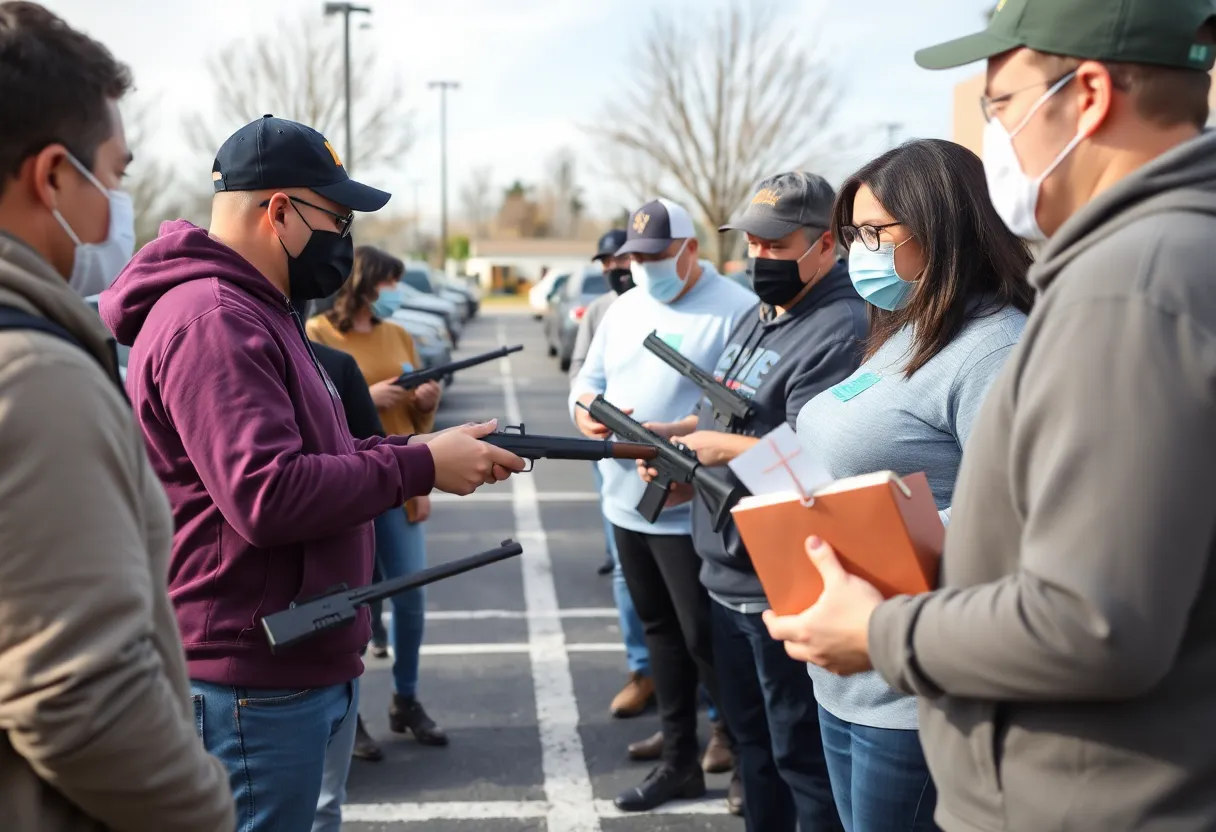News Summary
California’s tourism industry is grappling with a decline in international visitors, particularly from Canada, as hospitality workers advocate for a $30 minimum wage ahead of the 2028 Summer Olympics. This wage push, while aiming to address economic hardships, raises concerns about potential job losses and small hotel closures. With predictions of decreased passenger traffic and ongoing economic uncertainties, the upcoming discussions by the Los Angeles Economic Development Committee on this wage proposal will be crucial for the future of the tourism sector.
California is facing a significant challenge in its tourism industry as the number of international visitors continues to decline, particularly from Canada. This downturn comes at a critical time when hospitality workers are advocating for a $30 minimum wage ahead of the 2028 Summer Olympics, aiming to address economic hardships that have left many struggling to make ends meet.
The push for increased wages is led by airport staff and hospitality workers, like Maria Vasquez, an airport janitor who currently earns $19 per hour. Vasquez emphasizes that her income is insufficient to cover her living expenses, let alone her student loan payments. To manage costs, she lives with her mother and sister, but still feels overwhelmed by debt and unpredictable work schedules.
Opponents of the proposed wage increase warn that such a policy could exacerbate economic challenges in the region. A report from the American Hotel & Lodging Association indicates that raising wages to $30 could result in the loss of approximately 15,000 jobs and lead to the closure of several small hotels, further complicating the already fragile economic landscape.
The tourism industry plays a critical role in California’s economy, supporting over 500,000 jobs and generating an estimated $290 million in city tax revenue in 2024. Despite its significance, California’s tourism sector has been hit hard, particularly with Canadian travel dropping more than 15% in March, primarily due to high airfare and ongoing economic uncertainties. In response, Governor Gavin Newsom has initiated a promotional campaign aimed at attracting Canadian tourists back to California.
As airlines have reduced their routes to Los Angeles in light of the declining tourism numbers, predictions indicate a possible 15% decrease in passenger traffic by 2026 compared to pre-pandemic levels. This anticipated decline further highlights the industry’s struggle to rebound and the potential repercussions of wage increases.
The Los Angeles Economic Development Committee is set to discuss the minimum wage proposal on May 6. If approved, the legislation would affect about 23,000 workers, including around 40% of airport employees and 60% of hotel workers. The city council previously voted to raise wages for tourism workers to $30 an hour by 2028, along with enhanced health care benefits, addressing rising living costs in the area.
Current economic conditions have drawn comparisons to the Fast Food Accountability and Standards Recovery (FAST) Act, recently implemented in California, which raised wages for fast food workers to $20. The outcomes of the FAST Act have been mixed; while some workers report better lives due to higher wages, others face reduced hours, resulting in over 22,600 job losses across California’s fast food restaurants year-over-year as of March. Economists remain divided on whether these job losses stem from the wage increase or broader economic factors.
Moreover, fast food restaurants have seen menu prices rise by 1.9% since the implementation of the FAST Act, leading to further discussions on the impacts of wage adjustments in various sectors. Advocacy for improved wages in the hospitality and tourism industry reflects a growing concern over workers’ ability to afford living in Los Angeles despite being employed in essential service roles.
The proposal for a higher minimum wage not only seeks to address the living wage gap for essential workers but also aims to stimulate the struggling tourism sector. An economic study commissioned by the City Council suggests that the increase could create around 6,300 jobs and generate an additional $1.2 billion in economic activity. As the discussions continue, the balancing act between fulfilling worker needs and maintaining business viability in California’s tourism industry remains a pressing challenge.
Deeper Dive: News & Info About This Topic
- CNN: California Fast Food Wage Hike
- Wikipedia: Minimum Wage
- NBC Los Angeles: California Minimum Wage 2025
- Google Search: California tourism industry
- KTLA: California McDonald’s Owner Discusses Minimum Wage Increase
- Encyclopedia Britannica: Economics
- El País: Minimum Wage Rise in California 2025
- Google News: California wage increase

Author: STAFF HERE SAN DIEGO WRITER
The SAN DIEGO STAFF WRITER represents the experienced team at HERESanDiego.com, your go-to source for actionable local news and information in San Diego, San Diego County, and beyond. Specializing in "news you can use," we cover essential topics like product reviews for personal and business needs, local business directories, politics, real estate trends, neighborhood insights, and state news affecting the area—with deep expertise drawn from years of dedicated reporting and strong community input, including local press releases and business updates. We deliver top reporting on high-value events such as Comic-Con International, San Diego County Fair, and San Diego Pride Festival. Our coverage extends to key organizations like the San Diego Regional Chamber of Commerce and United Way of San Diego County, plus leading businesses in biotechnology, healthcare, and technology that power the local economy such as Qualcomm, Illumina, and Scripps Health. As part of the broader HERE network, including HEREAnaheim.com, HEREBeverlyHills.com, HERECostaMesa.com, HERECoronado.com, HEREHollywood.com, HEREHuntingtonBeach.com, HERELongBeach.com, HERELosAngeles.com, HEREMissionViejo.com, and HERESantaAna.com, we provide comprehensive, credible insights into California's dynamic landscape.





